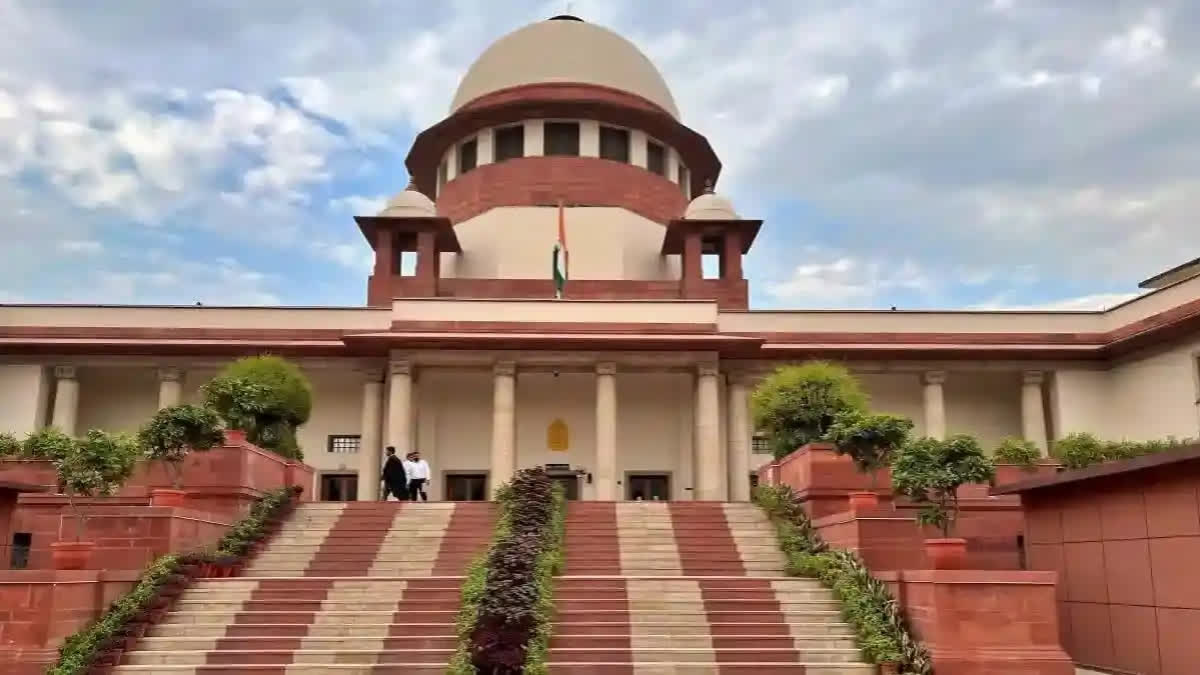New Delhi:All things which are available in the material world and made available by human interaction constitute the resource of the community, Attorney General R Venkataramani, appearing for Maharashtra, told the Supreme Court on Thursday as it continued to hear the case regarding the government's jurisdiction to requisition and redistribute private properties, should they be deemed "material resources of the community" as per Article 39(b) of the Constitution.
The Supreme Court is hearing the matter amid a separate political debate on the issue as political parties slug it out over controversy on remarks over redistribution of wealth. Attorney General Venkataramani told the Court that all things which are available in the material world and made available by human interaction constitute the resource of the community, which includes a car, corporation producing cars, semiconductor chip, and mobile phones, a broad statement relevant for understanding Article 39 (b) and (c).
A nine-judge bench headed by Chief Justice DY Chandrachud and also comprising Justices Hrishikesh Roy, B V Nagarathna, S Dhulia, J B Pardiwala, Manoj Misra, R Bindal, S C Sharma, and A G Masih, is examining a legal question whether the state can exercise control over privately held property or resources under the term “material resources of the community” in Article 39(b) of the Constitution, which is part of the Directive Principles of State Policy (DPSP).
The Attorney General said Article 39 of the Constitution of India and, in particular, Article 39 clauses (b) and (c) are best understood as a combination of social, economic, and political principles. “The organisation of human life involves the organisation of our activities, transactions and our interactions with the physical world, for the purposes of sustenance and welfare. All of the above can happen with the world of resources, available both in natural state and made available by human interaction. Thus, all things in the material world which are available and made available by human interaction or engagement constitute the resources of the community”, said the AG’s note submitted in the apex court.
The AG contended before the bench that the resources, anything object in the material and physical world that human beings can use, exploit for human consumption, or anything in object that can be made or created for human purposes will constitute resources of the community.
“In your definition there is no concept of private ownership at all," queried the CJI. The AG stressed on the distinction between natural vs man-made resources and added that the object of Article 39(b) is the realisation of common good by recourse to the resources of the community.
The CJI asked, “There has to be a material resource of the community?” AG said after all we live in a material world and all resources used or created are material resources. The CJI further queried, “They may not be material resources of the community? Your formulation is anything which is created by application of private labour is a material resource of the community? You said of the community, does all things in the material world and made available human interaction or engagement constitute the resources of the community?”
